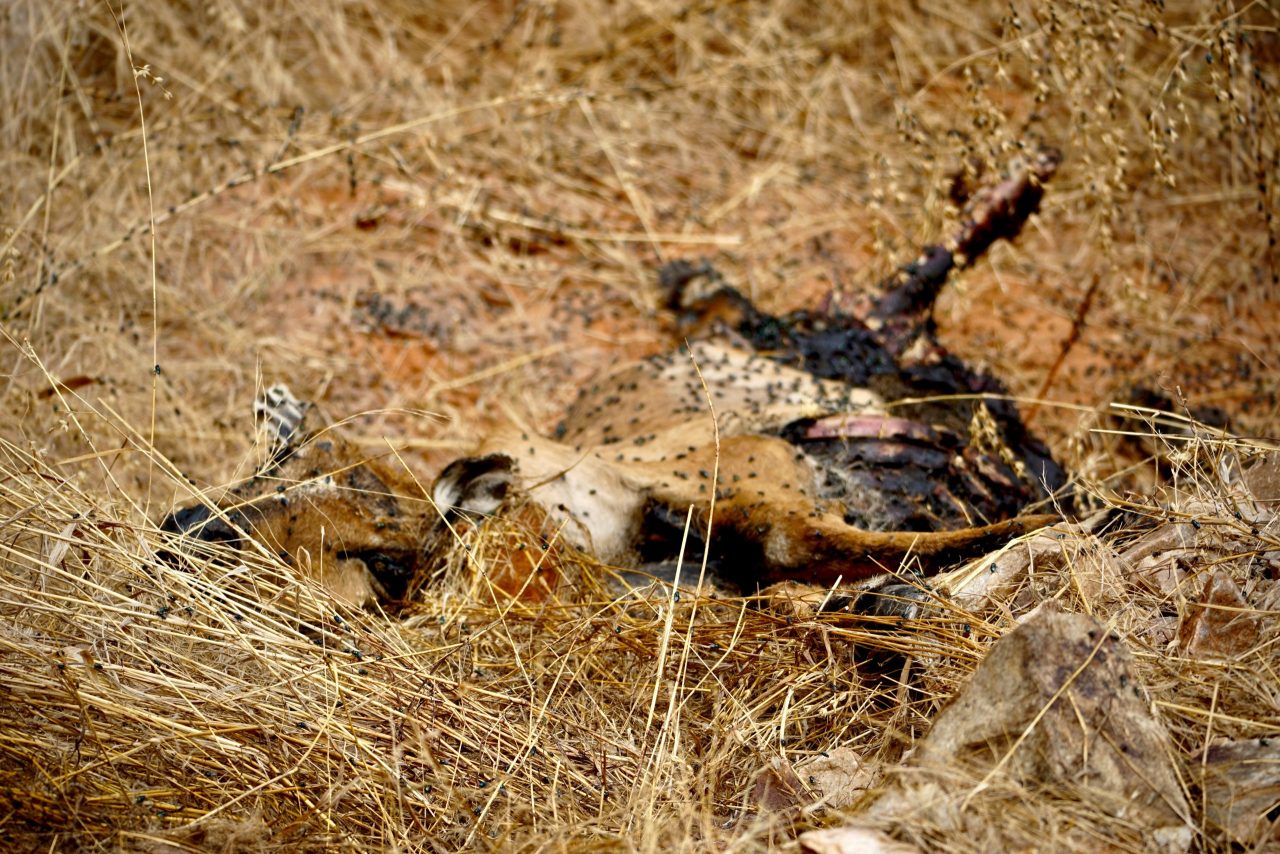Carcasses in Wildlife: A Crucial Nexus of Life and Death
In the vast tapestry of life that adorns our planet, one might not immediately recognize the significance of carcasses. Yet, these remains of once-vibrant organisms play a pivotal role in the delicate balance of ecosystems, supporting a diverse array of life forms ranging from plants and fungi to insects and larger animals. Through nutrient cycling, habitat creation, and ecological interactions, carcasses emerge as essential conduits that sustain and enrich the intricate web of life.
At the heart of this ecological narrative are the decomposers, the often-overlooked heroes of the natural world. Bacteria and fungi, ever-efficient in their pursuit of recycling, are the primary beneficiaries of carcasses. As these organisms set to work, breaking down complex organic matter into its constituent elements, they release essential nutrients—nitrogen, phosphorus, carbon—back into the environment. This process, often regarded as nature’s recycling system, forms the bedrock upon which the entire ecosystem relies.
The journey of these reclaimed nutrients takes them into the arms of plants. The soil, now enriched by the decomposed matter, becomes a nurturing womb for seeds and saplings. Carcass-derived nutrients invigorate plant growth, fostering lush vegetation that in turn becomes sustenance for an array of herbivores. This is where the intertwining threads of life truly begin to weave their intricate patterns.
Herbivores, feasting on the bounty of plant life, translate sunlight and nutrients into energy. They are not only the beneficiaries of the plants’ growth but also crucial players in the larger food chain. As herbivore populations thrive, they become a ready source of nourishment for predators, kickstarting a cascade of interactions that sustain the biodiversity of an ecosystem. Thus, the life cycles of plants and herbivores are inextricably intertwined, each relying on the other’s existence for survival.
Enter the unsung heroes of the scavenging world: insects. Beetles, flies, and their ilk play a pivotal role in the carcass’s transformation from death to life. These insects lay their eggs on carcasses, and their larvae devour the decaying flesh with voracious appetites. This act accelerates decomposition, hastening the release of nutrients and thereby driving the cycle forward. These insects, often dismissed as mere pests, stand as important contributors to the ecosystem’s resilience and vitality.
<div id="recommendation-widget"> <!-- Content will be dynamically loaded here --> </div>: Carcasses in Wildlife: A Crucial Nexus of Life and Death
The cycle of life takes another turn as larger scavengers come into play. Vultures, with their keen eyesight and specialized digestive systems, descend upon carcasses, cleansing the landscape of potentially disease-spreading remains. These avian undertakers prevent the accumulation of pathogens, thus playing a crucial role in maintaining not just ecosystem health but public health as well. Similarly, carrion-eating mammals, like hyenas and jackals, complete the clean-up crew, ensuring that the remains are efficiently recycled back into the ecosystem.
The role of carcasses extends beyond their immediate impact. They give rise to microhabitats, little pockets of life within life. Hollowed-out carcasses provide shelter for smaller animals, offering a haven from predators and environmental stressors. These refuges can also serve as ideal locations for raising young, further contributing to the survival of multiple species. Additionally, as carcasses decay, they metamorphose into nutrient-rich soil patches, prime real estate for a diverse range of insects and microorganisms. These patches foster local biodiversity, acting as stepping stones for other plants to take root and grow.
Zooming out from individual ecosystems, the phenomenon of scavenging ecology comes into view. Large predators often transport carcasses over considerable distances, a process known as carcass displacement. This redistribution of nutrients and energy has a profound impact on landscapes, influencing plant growth and vegetation patterns far beyond the immediate vicinity of the carcass. This ecological connectivity underscores the intricate interplay between different ecosystems, highlighting the extent to which they are all part of a larger, harmonious symphony.
In conclusion, the seemingly humble carcass is far from a lifeless remnant; it is a cornerstone of ecological equilibrium. Its journey, from the moment of death to its eventual transformation into sustenance for other life forms, underscores the interconnectedness of nature’s processes. The role of decomposers, scavengers, and the myriad organisms they support cannot be overstated. Recognizing the importance of carcasses reveals the beauty of nature’s intricate dance, where life and death intertwine in an endless cycle of renewal. As we contemplate the delicate threads that weave the fabric of life, let us remember the vital role that carcasses play in sustaining the diverse tapestry of existence on Earth.
